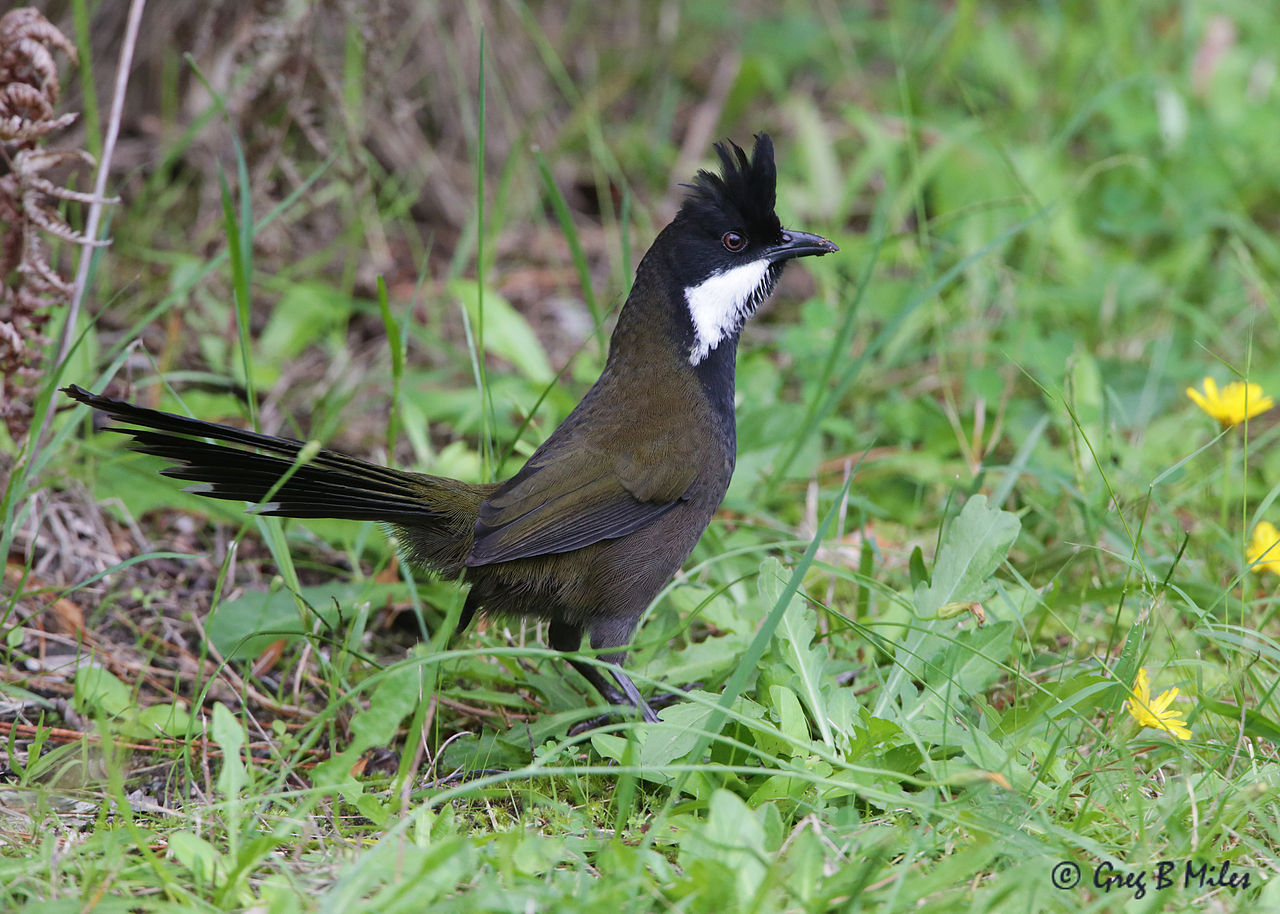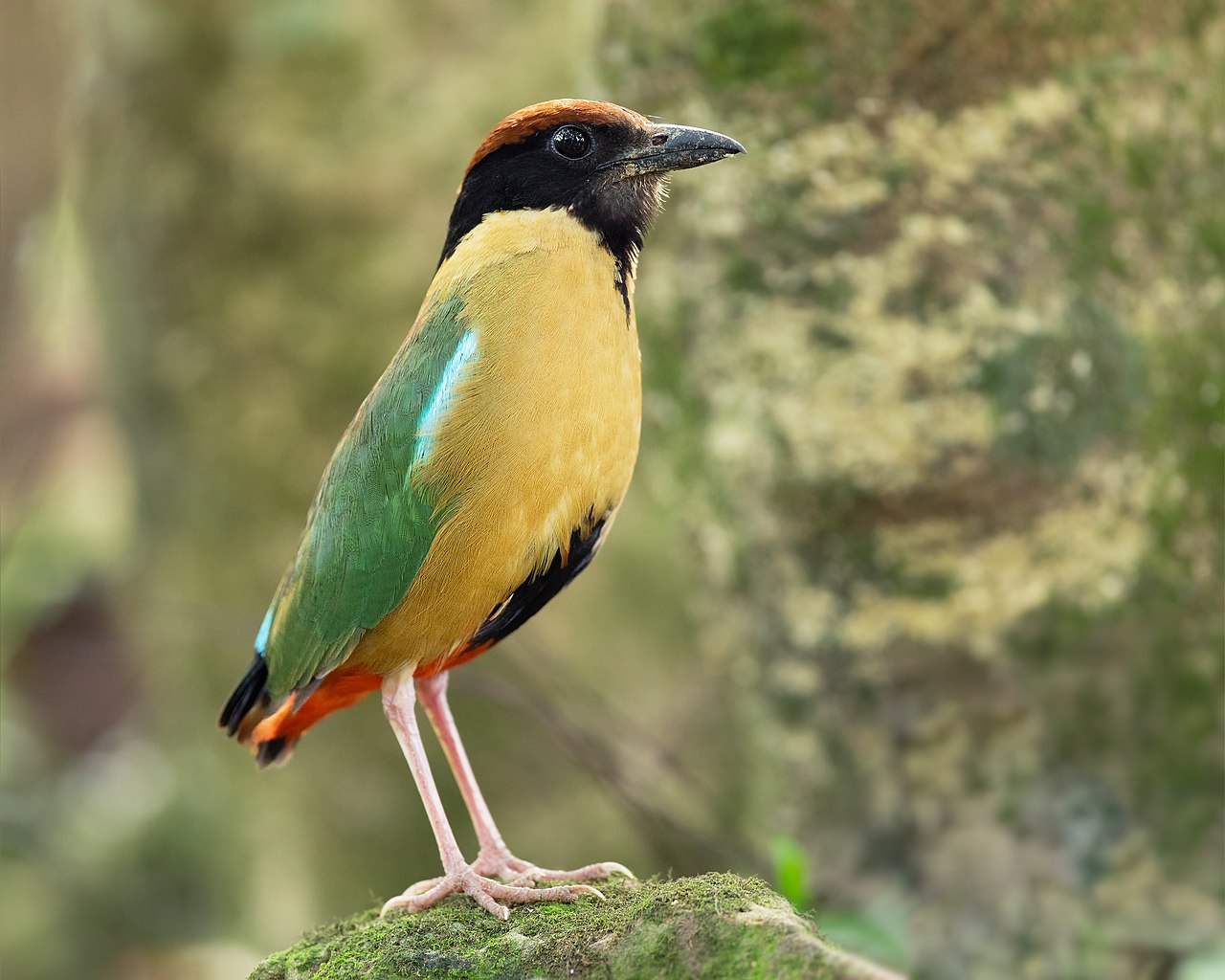After a rain storm last night, the weather still couldn’t be described as a classic Queensland spring day – grey and cloudy – but it did keep the temperature down and made it quite a comfortable day.
We started with a walk around the Mary Cairncross Scenic Reserve. This is an area of 530,000 square metres and was donated to the local council to protect the flora and fauna. It is remnant subtropical rainforest and is home to an amazing range of birds and other wildlife. We had hardly started on the walk round before we saw a noisy pitta. We saw various other birds, but the bird calls were amazing. The noisiest was not actually the noisy pitta, but the green cat bird and the eastern whipbird. The cat bird sounded like a baby crying, while the whip bird does a long note followed by a ‘whip crack’ – a very distinctive sound. We also saw pademelons.



The rest of the day was spent touring around the Glasshouse Mountains. These mountains were formed about 26 million years ago when hot molten lava formed solid rock in the cores of volcanoes. Since then, the rest of the volcanoes has eroded away and left just these volcanic plugs.
The names Glasshouse Mountains though didn’t appear until Cook sailed past and spotted them. They apparently reminded him of the glass furnaces in his home of Yorkshire, so that is what they became. They did, of course, have names long before this and to the Aborigines the mountains are members of a family with the father being Mount Tibrogargan and the mother Mount Beerwah. The other eleven are all children.
The final stop was Wild Horse mountain – the smallest of the Glasshouse Mountains. According to Aboriginal legends, Wild Horse always strayed away from the other children to go swimming – hence being quite a way away from the others. Despite being the smallest though, it offered an excellent view of all the other peaks.

